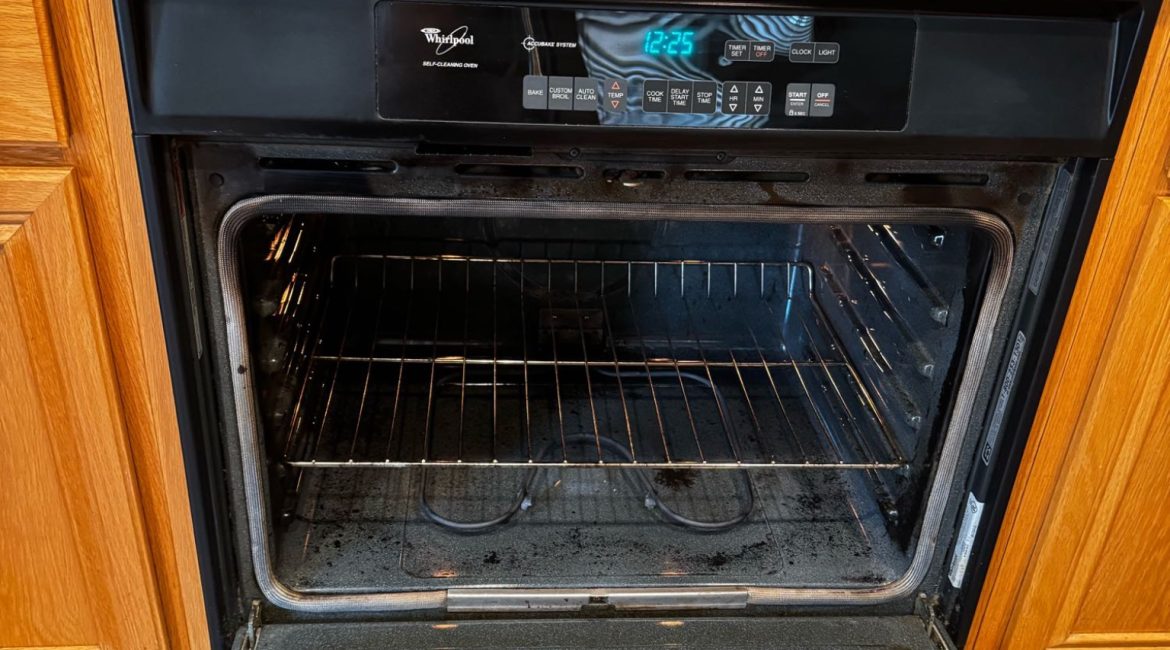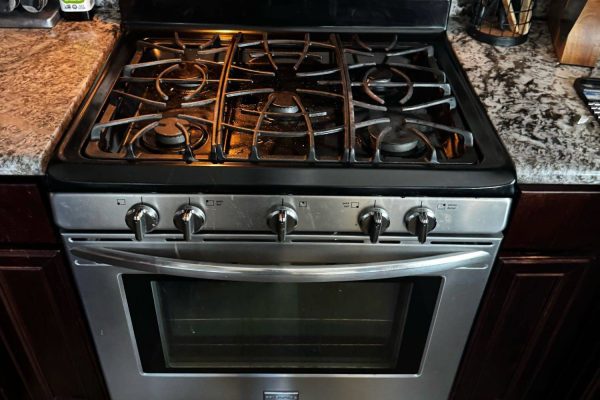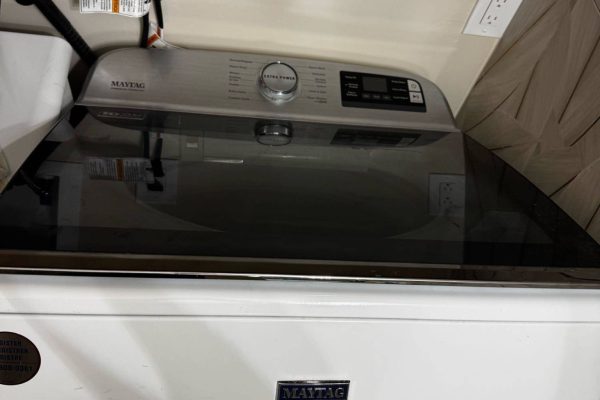The excitement of buying new appliances can quickly turn into frustration when they fail to live up to expectations. One of the most common complaints is that new ovens and stoves, despite their modern technology, just don’t seem to cook as well as older models. For many, this can be especially confusing since the latest ovens boast advanced features, better energy efficiency, and sleek designs. So, why does your brand-new oven leave you feeling disappointed, especially when compared to your old oven from the 90s?
1. New Oven Features You Might Not Be Familiar With
One of the main reasons new appliances can feel disappointing is that many come equipped with features that are quite different from the older models. Modern ovens, for example, often have multiple cooking modes, such as convection, air fry, steam bake, and even smart functions that allow remote control. While these features can be incredibly convenient, they require time to learn and can affect how the oven cooks.
If you’re used to a basic, no-frills oven from the 90s, you might find it hard to adjust to these new settings. Modern appliances often have more precise temperature controls and cooking methods, which can lead to uneven cooking or overcooking if the settings are not adjusted properly. For instance, convection modes use fans to circulate hot air, which cooks food faster but may dry out certain dishes if you’re not used to it. It’s important to take the time to read the manual, experiment with different settings, and get familiar with the best modes for your cooking style.
2. Improper Installation and Ventilation Issues
Another common issue that impacts the performance of new appliances is improper installation. Many people assume that once their oven or stove is set in place, it’s good to go. However, poor ventilation can severely affect the performance of an oven, particularly in newer models.
If your new oven is placed too close to a wall or in a cramped space, it can lack proper airflow, causing it to overheat and struggle to reach or maintain the desired cooking temperature. This not only affects cooking times but can also lead to uneven results. Overheating can also trigger safety mechanisms, causing the appliance to shut off or reduce its heating power, further hindering your cooking experience.
Additionally, many modern appliances are designed to be energy-efficient, which sometimes means that they use lower energy output but focus on heat retention. If the oven is not well-ventilated, this feature can backfire and result in poor heat distribution. Installing your oven in a well-ventilated area and ensuring there’s ample space around it for airflow can make a noticeable difference in its performance.
3. New Technology Can’t Replace Experience
Older ovens often have a straightforward design and manual controls, which many users find easier to use and understand. In contrast, modern ovens are often more complex, relying on digital interfaces, touch screens, and automated cooking modes. For people who grew up using more hands-on equipment, this shift can be overwhelming and lead to mistakes, such as incorrect settings or misreading temperatures.
Moreover, your old oven may have developed a unique “personality” over time, where you learned exactly how it cooks and adjusted your methods accordingly. New ovens, on the other hand, may not always perform in the same way, even when set to the same temperatures. Over time, you may need to adjust your cooking techniques to get the best results from your new appliance.
4. The Learning Curve of Smart Appliances
As technology advances, smart appliances have become a popular choice for modern kitchens. These ovens often come with Wi-Fi connectivity, smart thermostats, and automated cooking suggestions. However, as intuitive as these features may seem, they can sometimes lead to confusion or inefficiencies if not used correctly. If you’re not accustomed to smart appliances, it may take some trial and error to understand how the smart features affect cooking times and temperature. Some users also find the touchscreens and digital interfaces of newer ovens too complicated, preferring the simpler analog knobs and buttons of older models.
5. The Quality of Materials
Another issue that can contribute to subpar cooking results is the quality of the materials used in newer appliances. While newer ovens are more energy-efficient and have advanced features, the materials used in manufacturing may not be as durable or high-quality as those used in older appliances. Many older ovens from the 90s were made with thick metal and heavy-duty parts that can distribute heat more evenly. In contrast, some new ovens use lighter, cheaper materials to reduce costs, which may result in poorer heat retention and uneven cooking.
6. How to Improve Your New Oven’s Performance
To get the most out of your new appliance, there are a few steps you can take:
- Read the Manual: Modern ovens often come with many advanced features. Make sure to read the user manual and familiarize yourself with the different modes and settings.
- Ensure Proper Installation: Make sure your oven is installed correctly with ample space around it for ventilation. This will help ensure proper heat distribution and efficient cooking.
- Use the Right Settings: Experiment with different settings to find what works best for your cooking style. Don’t be afraid to adjust temperatures or cooking times to get the desired results.
- Be Patient: Modern appliances may take time to get used to. Give yourself some time to learn the ins and outs of your new oven, and you’ll likely find that it performs just as well as the old one.
While the frustration of a new oven underperforming compared to an old model is understandable, the issues often come down to unfamiliarity with modern features or installation problems. By learning about your appliance’s features, ensuring it’s properly installed, and adjusting your cooking methods, you can enjoy the benefits of your new oven and avoid feeling disappointed.
If you’re experiencing ongoing issues with your new oven, or if you suspect it’s not functioning properly due to installation or mechanical problems, don’t hesitate to reach out to professionals for help. At Poway Appliance Repair Service Center, we specialize in troubleshooting, installation, and repair to ensure your appliances are running at their best.
Contact us
(858) 203-0990


